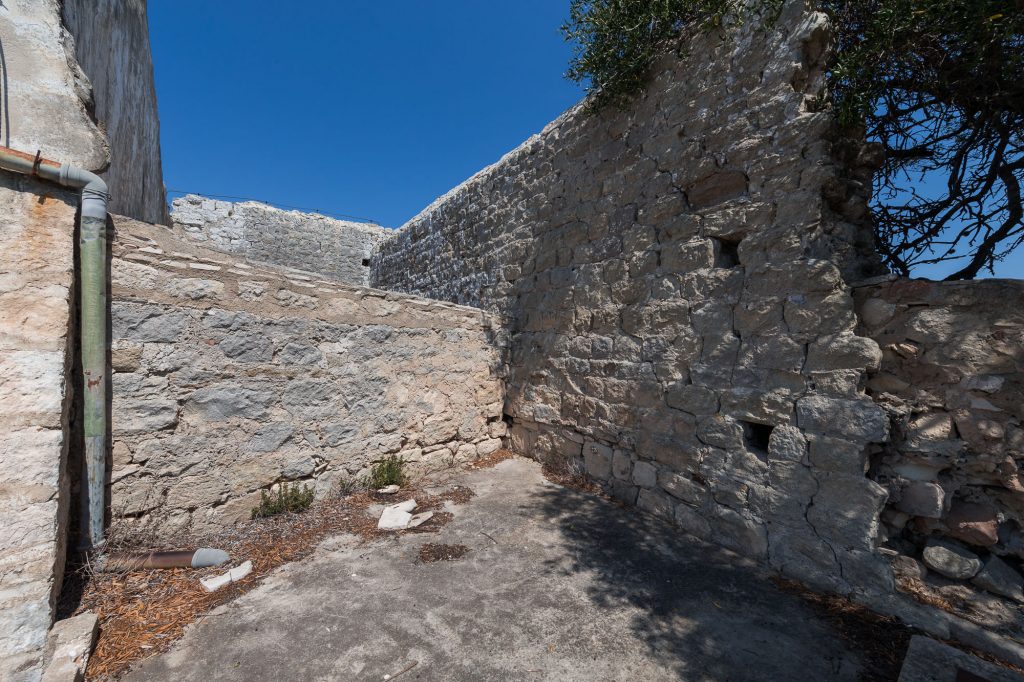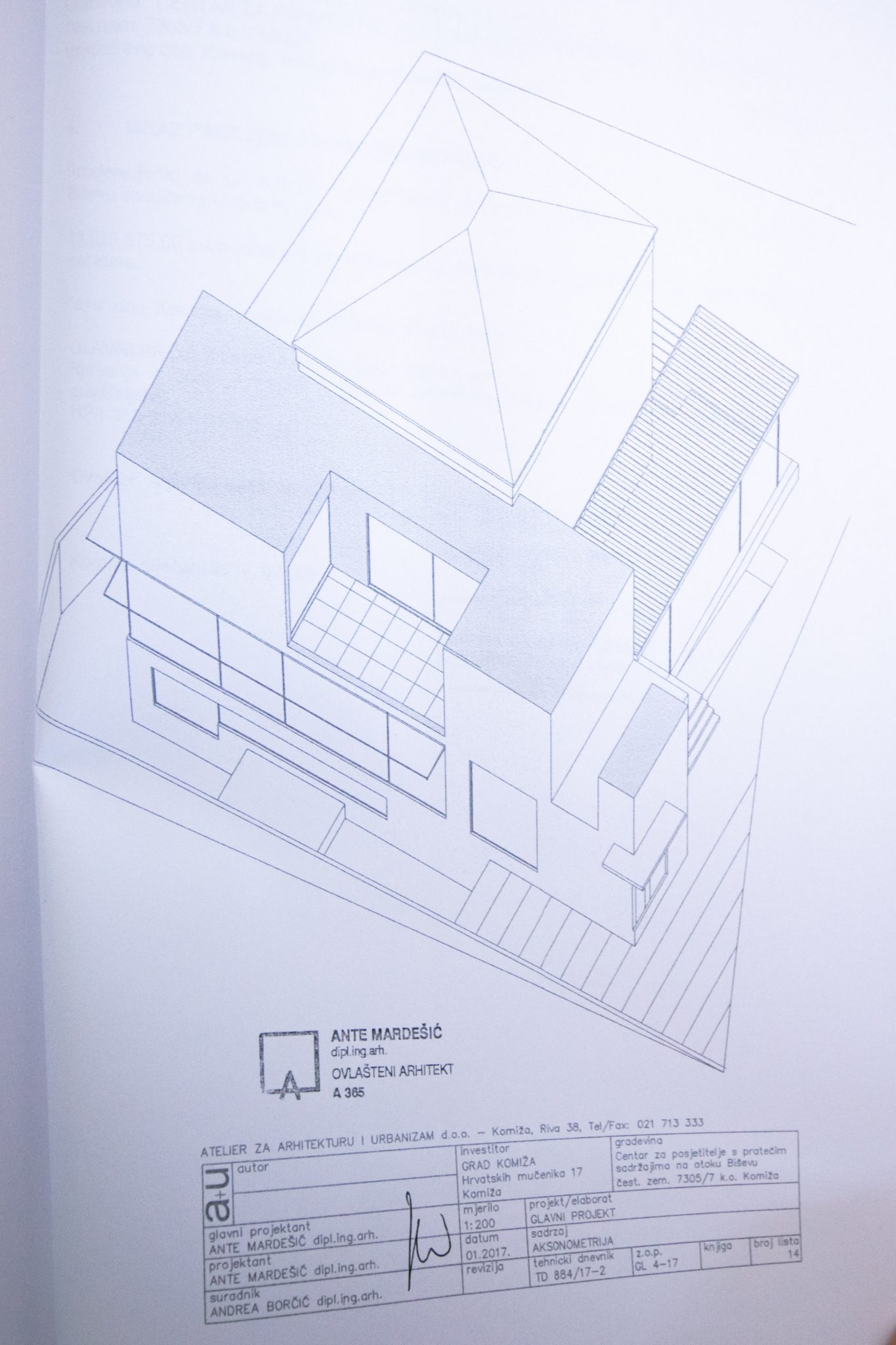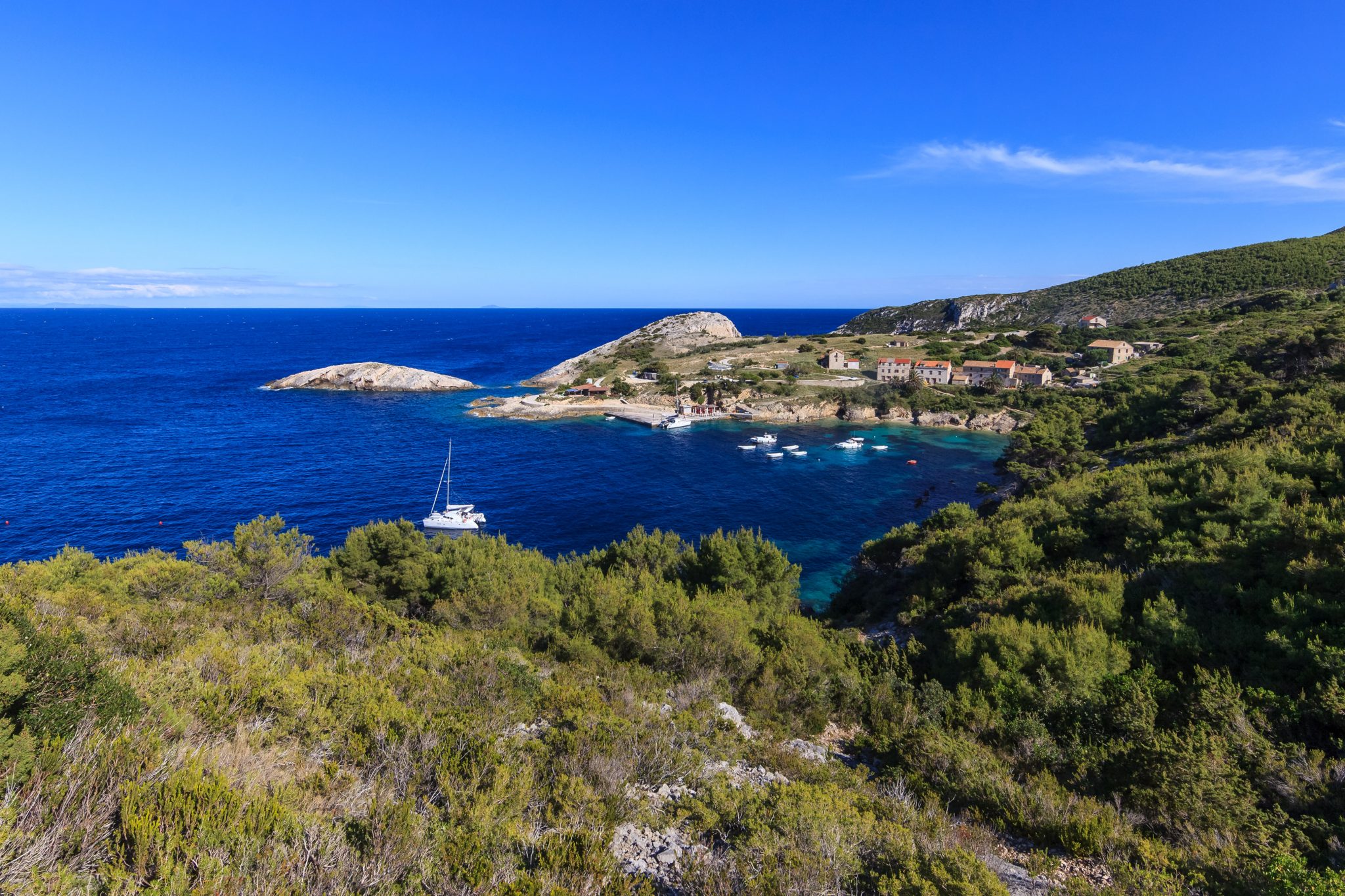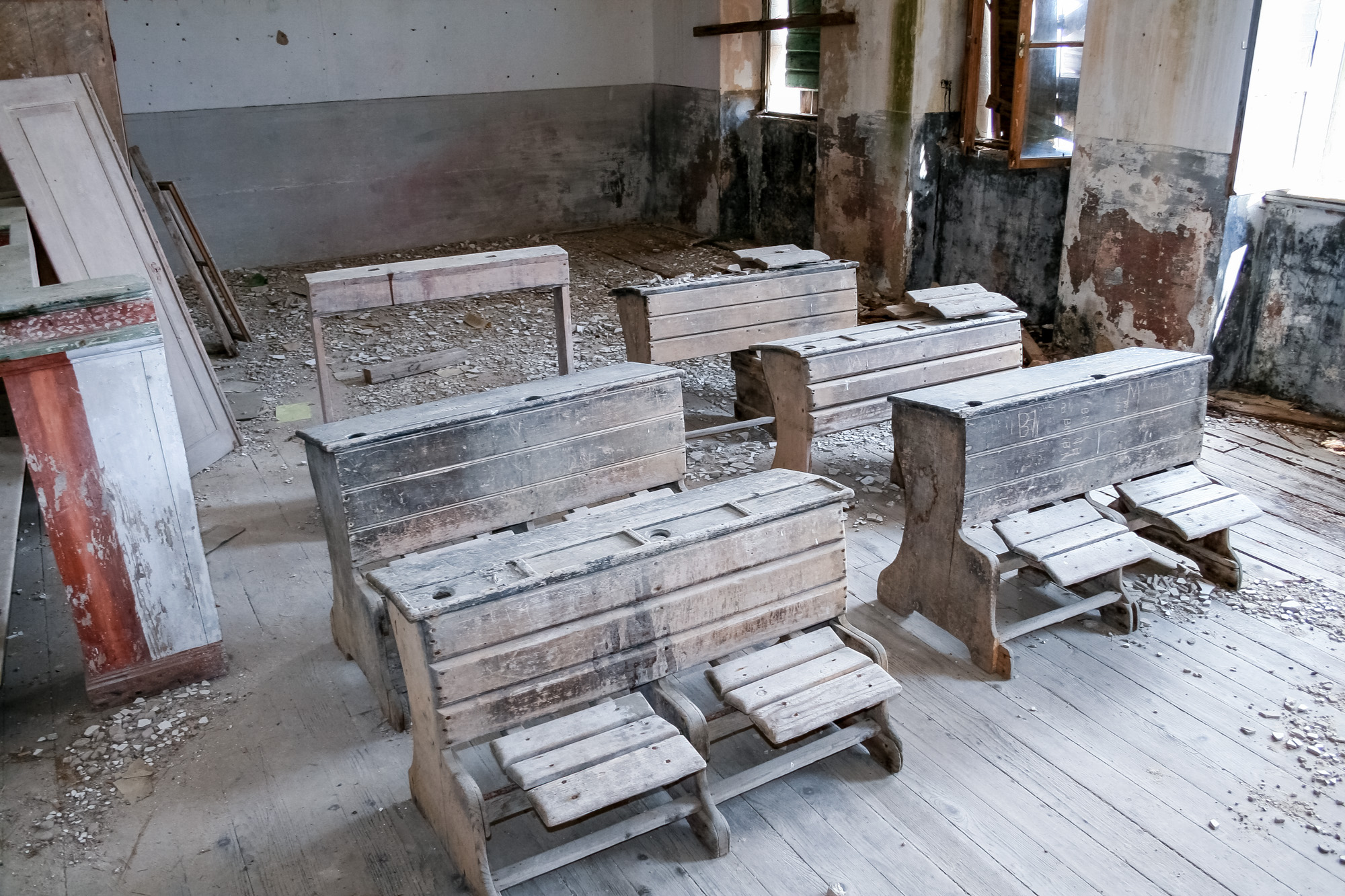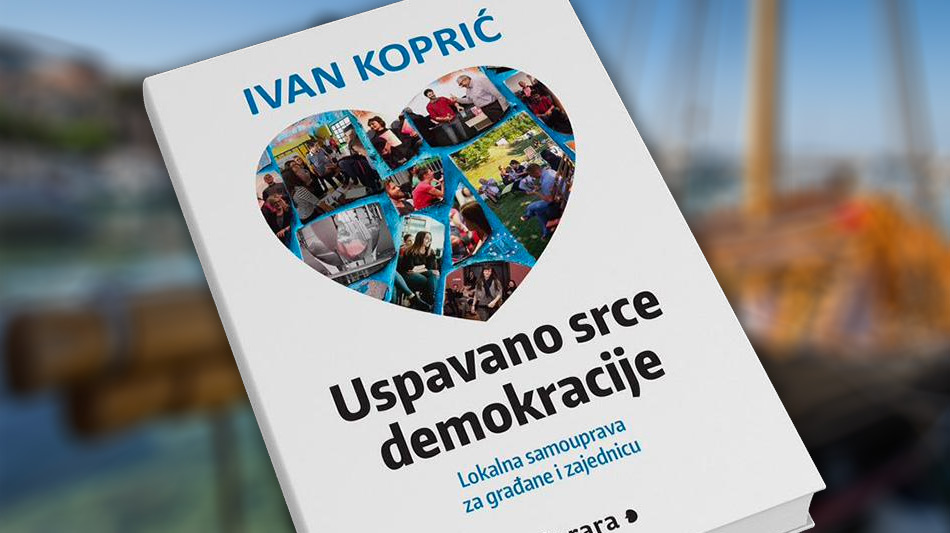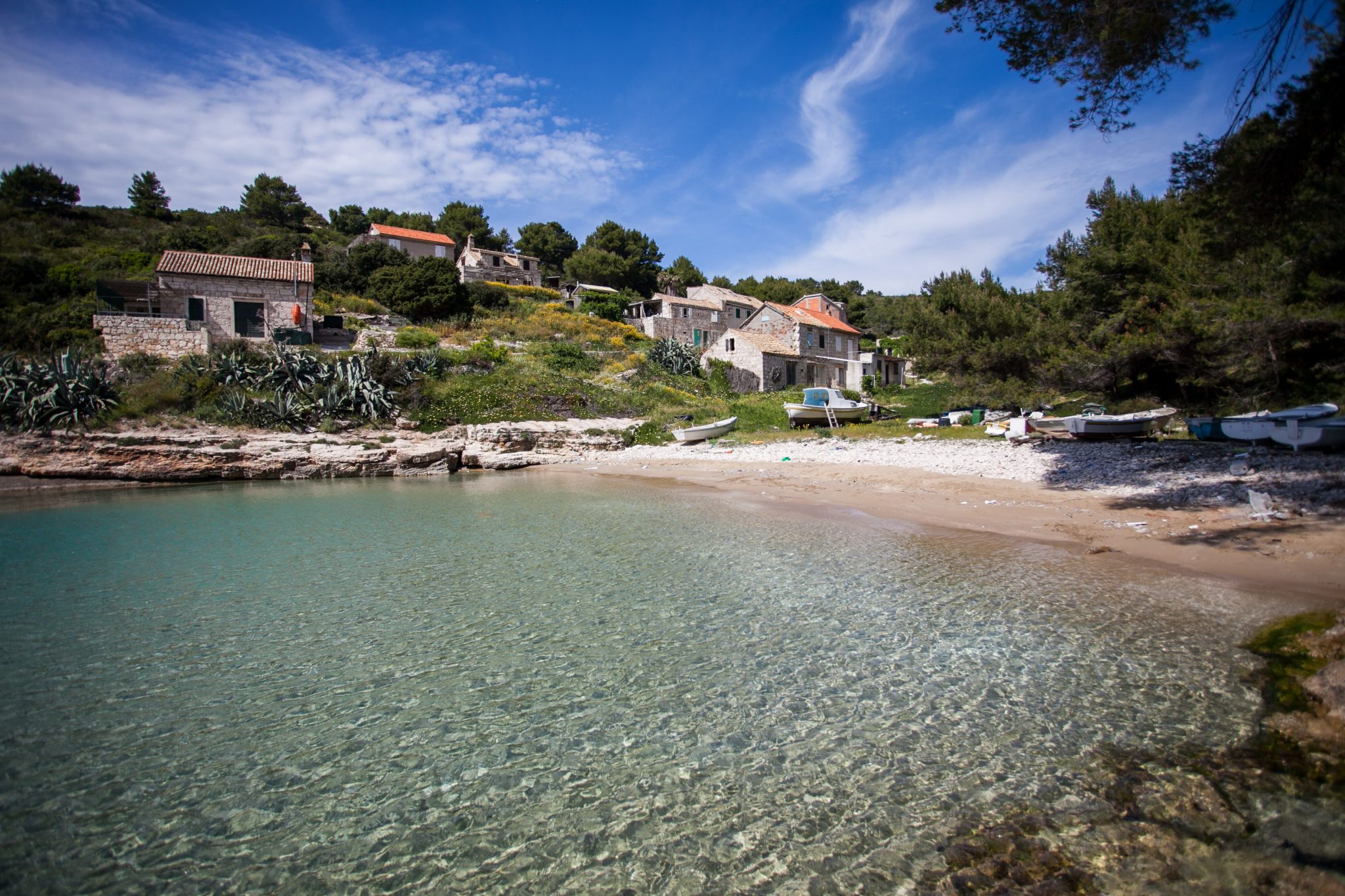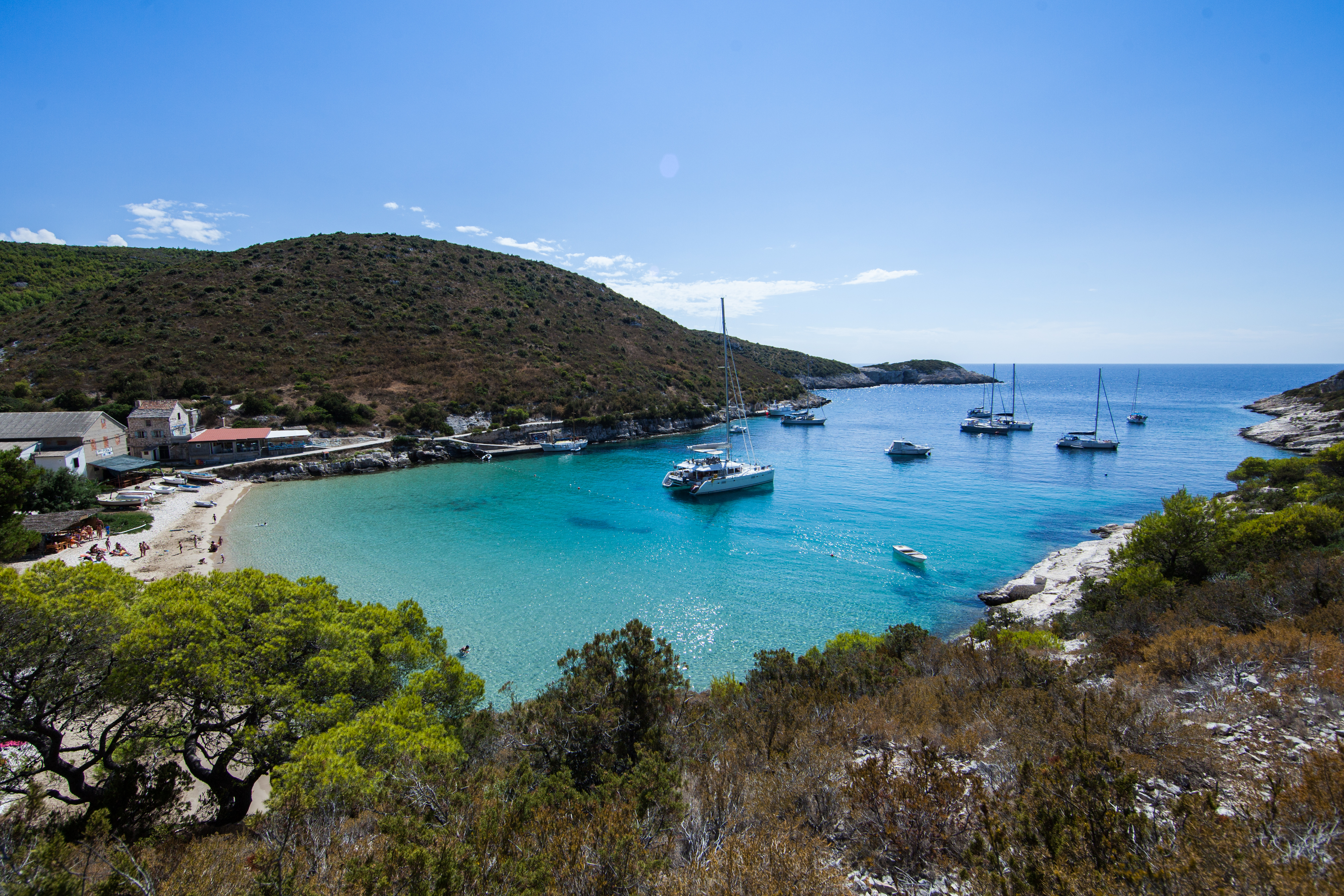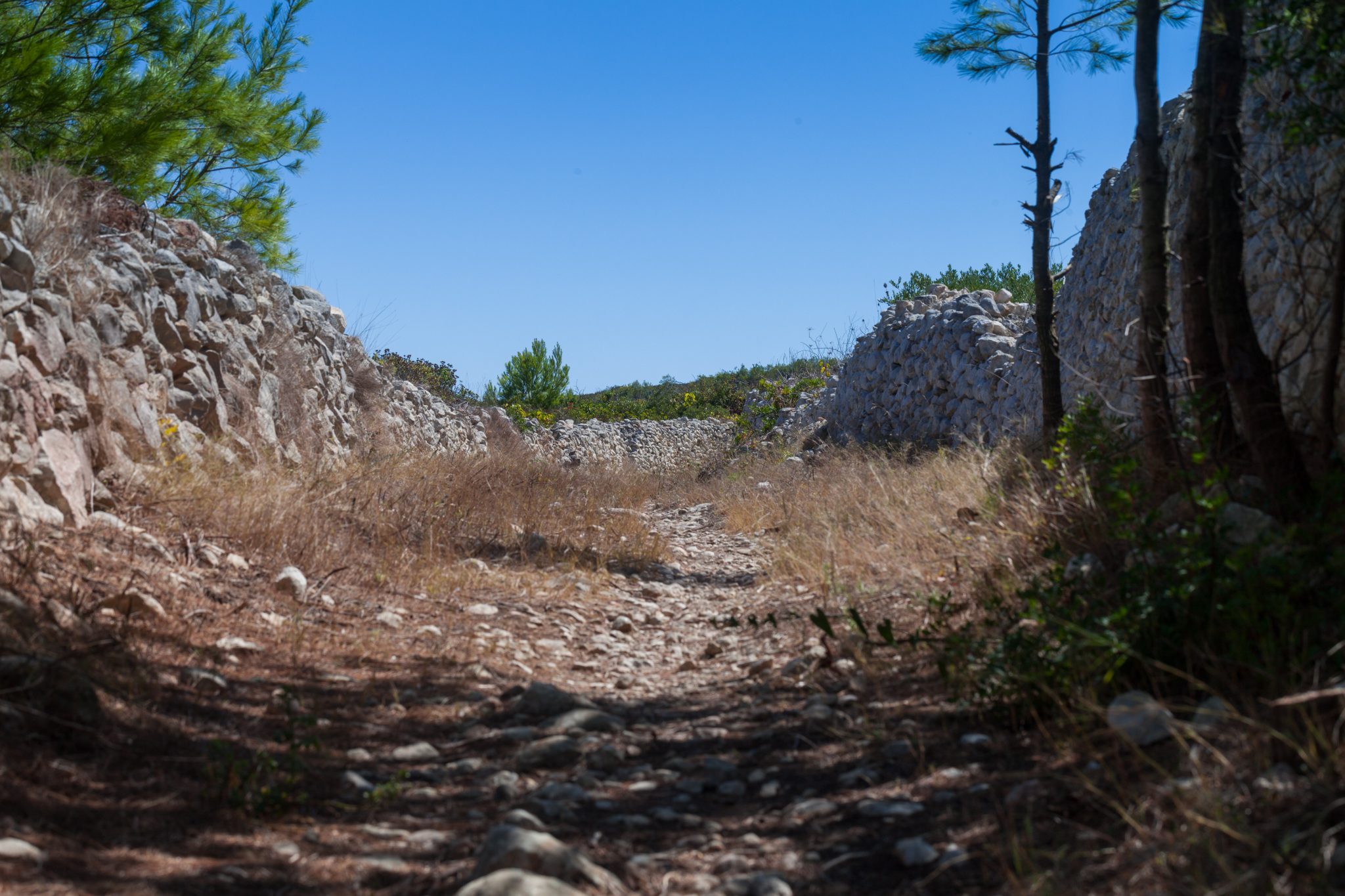Protection of architectural heritage
The demarcation of the protected areas of protected areas of the Splitsko-dalmatinska County was carried out on the basis of the Conservation Fund of the PPSDŽ, which protected cultural assets are classified into:
- Cultivated landscape
- Special Purpose Areas
- Historical architectural ensemble:
- Urban whole
- Urban-rural and rural entities
- Archaeological heritage
- Individual cultural assets: memorial heritage, historic structures and buildings.
The Provisional Provisions of the Spatial Plan of the Split-Dalmatia County contain the Protected Units of Cultural Property of the Split-Dalmatia County and the Rural Areas foreseen for protection under the Law, of local importance.
Cultural goods of local significance should be protected by the provisions of the lower order spatial plans or their protection in the sense of the Law on the Protection and Conservation of Cultural Property is envisaged.
Protected units of SDI cultural assets in the area of coverage according to the PPSDC are:
- Urban complexes: Komiza, Vis
- Underwater archaeological zone: Vis, Brusnik and Biševo Islands.
Rural entities in the area of coverage envisaged for protection under the Law, of local importance:
- Napoje (Biševo)
- Podhumlje
- Rural complex with the cost of Giaconi (Podšpilje)
- Oključna
- Brgujac
- Marines of land.
Spatial plans of cities of Komiza and Visa have recorded cultural and architectural heritage in the form of archeological heritage, historical architectural ensembles, historic structures and buildings.
a. The urban complex of Komiza is protected by the RST 1406 and RST 1407 registration solutions.
b. URBAN CJELINE The settlement Vis, RST – 1406
This zone corresponds to the regime of complete conservation protection of the historical urban structure, landscape features and individual structures, within which all essential features of the spatial and building structure determined by topography, historical building material, and diversity of purpose and content are to be preserved.
b. Rural entities
1. Rural Complex of Duboka
2. Rural entity Podhumlje
3. Rural entity of Podšpilje
4. Rural entity of Cossack
5. Rural entity Borovik
6. The Rural Element of the Woman Head
7. Rural entity Poje on Biševo
Preventively protected rural areas:
1. Rural entity Tihobraće, preventive protection
2. Rural entity Milna, preventive protection
3. Rural entity Burgujac, preventive protection
4. Rural entity Penetration, preventive protection
5. Rural area of the Rukavac bay, preventive protection
6. Rural entity Donji Rukavac, preventive protection
6. Rural entity Gornji Rukavac, preventive protection
7. Rural entity Plisko Poje, preventive protection
8. Rural entity of the Marines of the Earth, preventive protection
9. Rural entity of Stiniva, preventive protection
10. Rural ensemble Donja Žužeca, preventive protection
11. Rural entity of Gornja Žužeca, preventive protection
12. Rural entity of Kunjanova – Serenjok, preventive protection
13. Rural entity Pregnancy, preventive protection
ARCHAEOLOGICAL AND HYDRO-ARHEOLOGICAL SCOPE AND CONDITIONS:
Archaeological zone of ancient Isse
Biševo Island
Landscape area: Biševo
A combination of cultural and natural landscapes, and an interesting and varied coastline, make up a very valuable space. The articulated edges between settlements, agricultural surfaces, and the natural surface cover create a dynamic, but simultaneously, harmonious spatial subunit.
Despite the fact that agricultural areas are largely neglected, as a consequence of depopulation and deagrarization, the large complexity of the island on a small surface has resulted in a high final rating.
The symbolic value of natural and cultural elements is of regional significance.
Measures for the landscape area of Biševo (degradation caused by fire):
– planned access to afforestation
– to keep the existing building area size
– Maintain the existing traditional structure, typology, density of construction and elements of traditional construction
Source: Project COAST / Preservation and Sustainable Use of Biological and Landscape Diversity on Dalmatian Coast through Sustainable Coastal Development
Previous archaeological research
Other parts of this wall of the Biševo monastery would have been excavated from the south side of the church, but these studies were not in the writings of this review of the church’s religious monuments, unfortunately could be done in this and elsewhere. These examinations are needed not only to fill in and, in some places, to authenticate these lines, but to enrich the cultural and artistic heritage of this island that has been crippled during the century . In its further exploration, it will demonstrate an ever closer relationship with neighboring islands and mainland and reveal the uniqueness of our old culture on the eastern Adriatic coast.
Cvito Fisković, Viški spomenici, Split 1968.

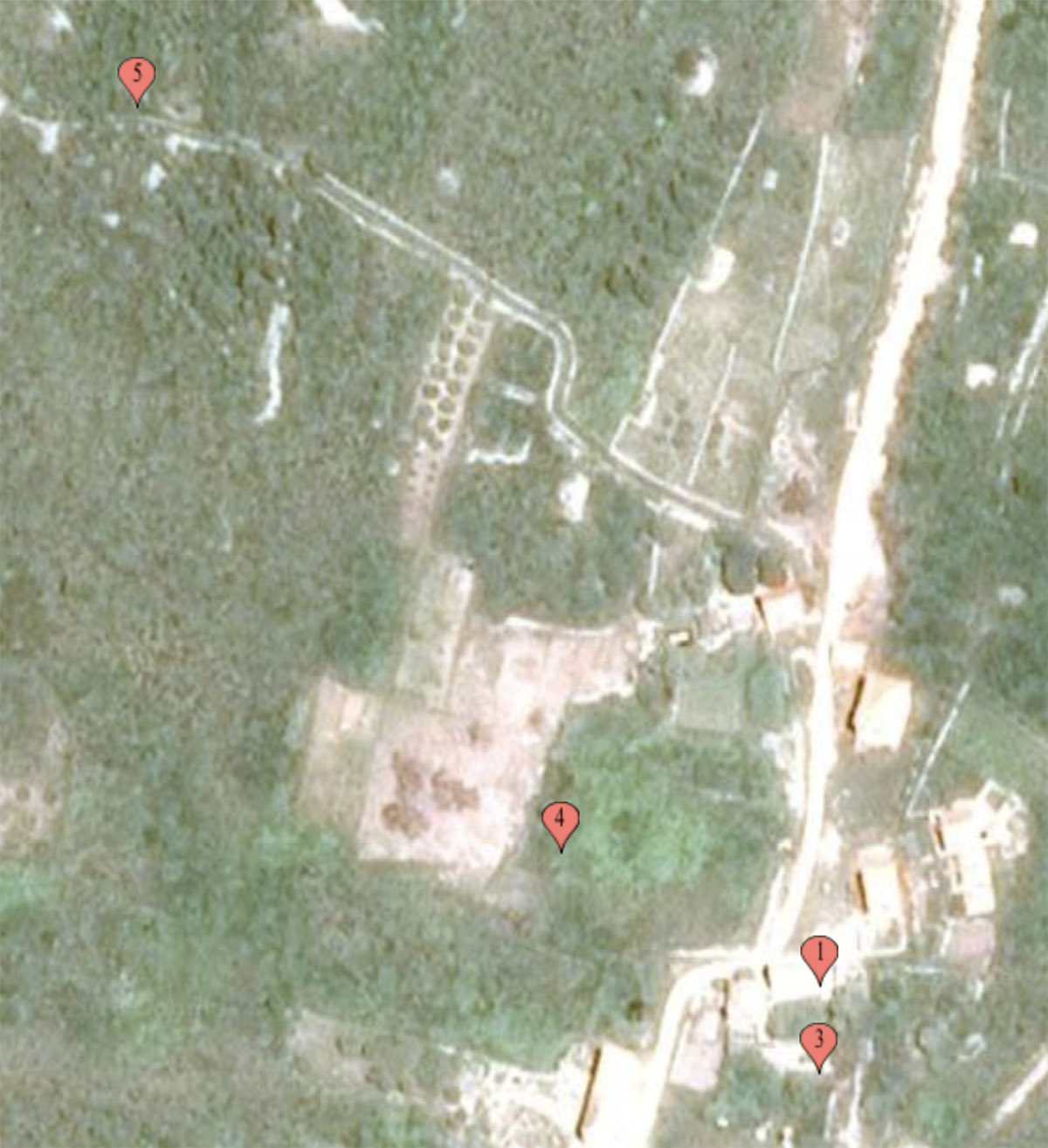
During the reconnaissance of 1981, in the window of the apse of the church of St. Silvestre on Biševo there is a fragment of a Greek tombstone with the name of a Theodoros .
In addition to this apsid, the walls with hydraulic plaster were found, which can be pointed out in the antique period (the findings are not published).
Then the locals said that when constructing a playground, south of the church, there was a discovery of the graves in the amphora.
To the west of the church there is a greater concentration of late antique ceramics, and in the Porat bay were discovered fragments of Hellenistic ceramics.
( from the article of Branko Kirigin : Archeology of the Island of Vis, Biševo, Sveti i Palagruža;
Journal of Archeology and History, Volume 90-91, Archaeological Museum of Split,
1997-1998, pp. 428-29 )
Recently, the Split Conservation Department of the Ministry of Culture has completed its work on the church of St. Silvestra on Biševo. Conservatory interventions began in the late 1980s to restore this important sacral object to the function. Apart from works on the existing architecture led by architect I. Vojnović, archaeological research was also carried out. The results were surprising as to the understanding of the preservation of the medieval church from the 11th century, so much because of the discovery of the remnants of an early Christian church found under today’s floor.
Church of St. Silvestra is an important monument of Croatian cultural heritage. It is mentioned in the year 1050 when Priest John himself and the church in Biševo surrender to the Abbot in Tremiti. As the “advocate” of the donor, Neretva Prince Berigoj appears. Along with him is another three morjanski prefect, one captain and “all morjani”. Biševo and Vis belonged to the area where in 11th St. Berigh reigned with his naval force. The Neretva Principality, in Berat County, occupied a large area from Podbiokovo and the Neretva River to Vis and Biševo.
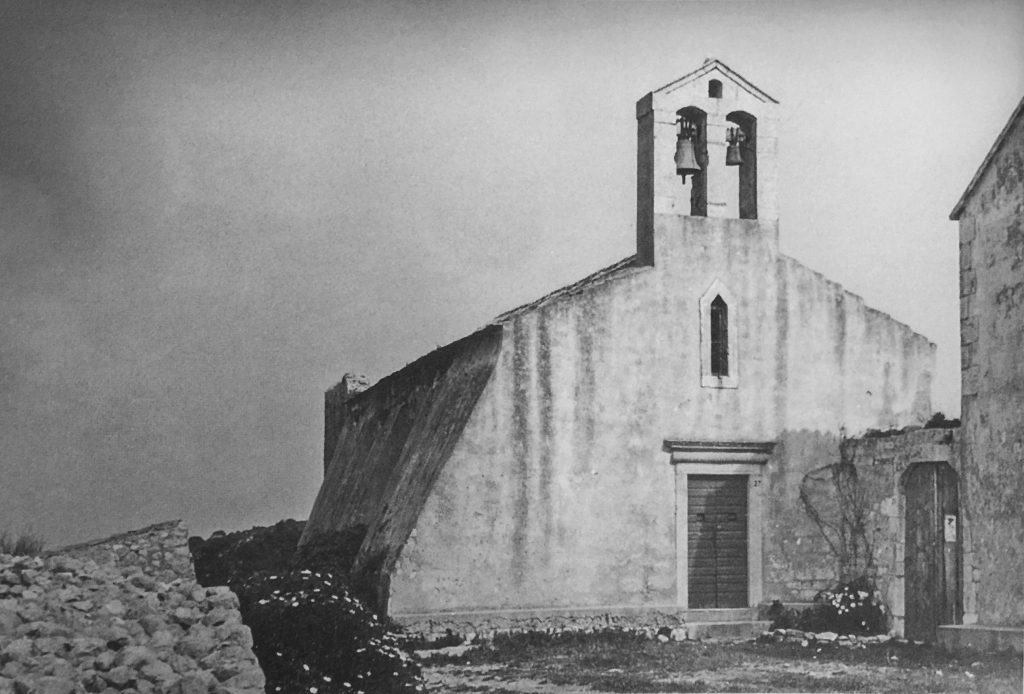
The church that the priest John raised up was preserved almost to the roof. A grave was found in the space in front of the apside along the longitudinal axis. It is most likely to belong to the Romanesque period, that is, the time in which Berigh and John the priest are mentioned, containing one skeleton. There is no doubt that the buried person is important for the Biševo monastery, as indicated by the privileged central accommodation of the grave. Perhaps it is the grave of the mentioned Split priest Ivan, who raised and dedicated the church of St. Stephen at his own expense. Silvester.
There were two more burial tombs along the southern and northern walls, where more of the deceased were buried, most probably due to the tombs of the bible monks.
The Benedictines are the oldest monastic order. It was founded by St. Benedikt 528 god. In Monte Cassino. They have played a major role in Croat history. Their oldest monastery, discovered so far, is located in Rižinice, Solin, where a famous inscription with Prince Trpimir was found. Sam Trpimir founded this monastery in 852. Biševska zadužbina sv. Silvestra 1145. god.becomes an independent abbey. The monastery of Sv. Andrew, but he was mentioned for the first time only in 1229. Benedictines also appear on Hvar earlier, although they are mentioned for the first time in 1218/35. Mr. Biševska Opatija will continue after life as the Abbey of St.Nicholas in Komiza. It is important to note that the Benedictine monks will always draw on the remains of early Christian churches when their monasteries are being erected. This is best seen in the example of the Abbey of St. Ivan Krstitelja in Povlja (first mentioned in 1184). Povlja’s monastery is located in the area of the earlier basilica, and the church itself is housed in an early Christian baptistery. As we have seen, The Silvestar was built over the remains of an early Christian church. All this is about the continuity of the angular position and the restoration of neglected late-Christian sacral buildings during the Middle Ages.
It would be interesting to continue the research of St. Silvestra and discover the remains of the monastery rooms. Newer conservative works on the church also revealed the Romanesque gate on the southern wall. That gate led to monastic rooms we do not know about. The Roman door to the window – the shape of the striker, located on the eastern wall above the apside, gives a special seal to the entire interior of the church. The small window, which is high and narrow from outside, and inside it, was obscured in some of the previous centuries. During the conservation work, his function was restored. By opening this window the interior of the church has got a whole new dimension. Namely, in the early morning hours, as soon as the sun goes out, through it into the semicircular church penetrates a powerful tape of sunlight. A high-pitched window that was finally overwhelmed by the impractical nature of the maintenance, as moisture and moisture penetrated through it, and the role of creating that special light effect had to have, besides others.
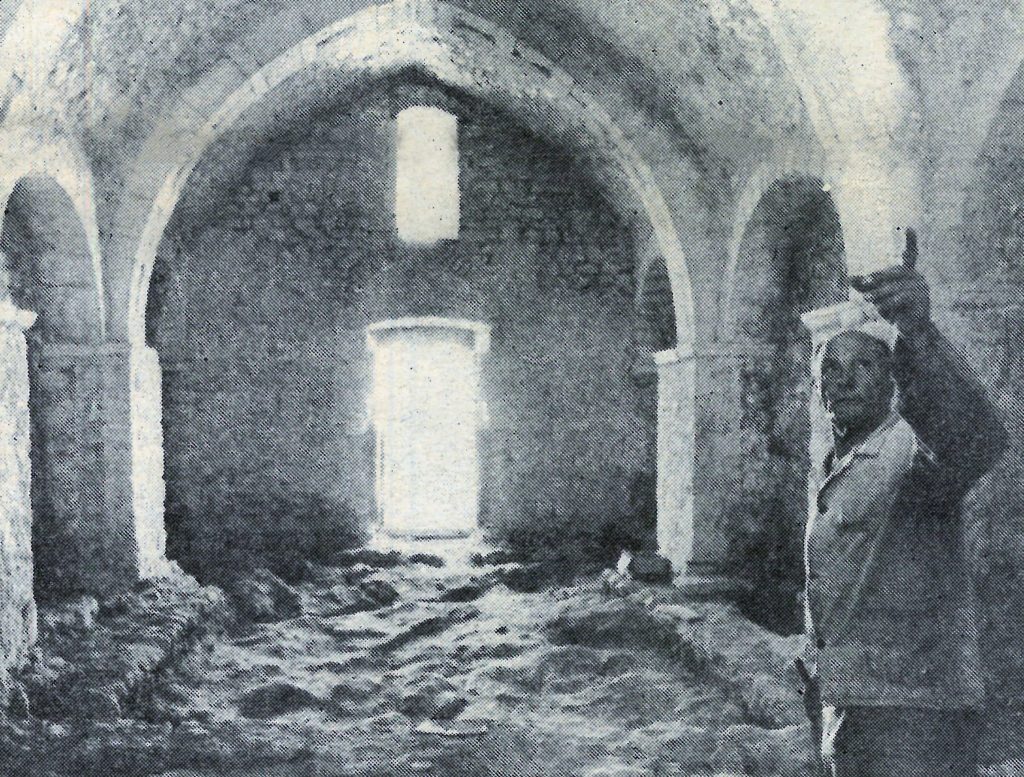
Falling in the eye that the mentioned deceased from the central grave “stared” right in this window. Namely, the skeleton is wrongly oriented, instead of head to the east, it was facing east, ie in the window we were talking about. The East is the side of the world where the sun is emerging, and it means Christ – the “Sun of the World”. So our biševski “sleeping” is actually staring at Christ.
The same space as the church of St. Silvestra with its architectural and historical complexity, topographic accommodation, best reflects the atmosphere in which the life of the medieval Benedictine monastery took place. The Church and the Field as Incarnation of the Benedictine Church: “Ora et labora”, “Pray and Work”. The raster of the plots of land is correct and an engraved path between them leads straight from the church to the field. This “decuman” firmly sets up the church and monastery in the center and the beginning of a medieval cultural landscape that we can not experience as strongly as on Biševo anywhere. Apart from the church and the surrounding area, it is a part of the cultural heritage, the monastery is just the nucleus from which we begin to read the entire historical landscape. Unfortunately, today’s cultural landscape is lost because there is no one who keeps it – man.

For centuries, after the valuable Benedictines, the Comoros worked on the same parcels that had begun to form and maintain Benedictines since the Middle Ages. Thus they were direct heirs of the rich Bišev cultural tradition. If in the past there was a break in life in Biševo, until the end of the cultural tradition, Silvestar would not have been preserved almost in shape from the time of bergos and priest Ivan, but would soon be abandoned to turn into a ruin. Unfortunately, today’s desolate and desolate Biševo experiences the greatest stagnation in its history.Restoration of St. Silvestra means at least partial restoration to the life of one of the most important sacral monuments of our national history. The Bishwake Church represents a constant, living document of the presence of Croats in these areas from Beregovo up to the present. The “Morjani” mentioned in the medieval document, together with Beriga and his aisles, were certainly not only the inhabitants of the Neretva-Podbiokovo area, among which also the Visas had to be. Therefore, the Visas remain to preserve and nurture their cultural heritage. If she disappears, Vis will not disappear as geographically, but as a spiritual and civilization space.
Miroslav Katić , Hrvatska zora br. 17/18, 1997.
The Adriatic Islands Project. Volume 3. The archaeological heritage of Vis, Biševo, Svetac, Palagruža and Šolta
List of probes with findings:
Roman – VS 1174.00 – Church Sv. Sylvester
Excavations of the gothic church of Sv. Silvestar in 1994 exhibited the abyss of an earlier church. Inside the abyss was a white mosaic, damaged in the center with a later inhumation.Large quantities of Roman and early Roman pottery were recorded inside and around the church.
Greek – VS 1174.01 – Church Sv. Sylvester
A fragment of a Greek tombstone inscribed with the name Theodoros, discovered in the church apse window during the survey by the Archaeological Museum in Split in 1981.
Roman – VS 1175.00 – Settlement with structures Poje
Roman – VS 1175.01 – Amphora / pithos burial Plac
Find of burials within amphorae south of the church of St. Silvester.
Roman – VS 1175.02 – Amphora / pithos burial Plac
Find of burials within amphorae recorded by local in- habitants.
Roman – VS 1176.00 – Minor artefact scatter Poje
A minor concentration of pottery, mainly composed of tegulae and pithoi. The site lies on the northern edge of a field on the road to the Porat bay.
Roman / Hellenistic – VS 1177.00 – Minor artefact scatter Porat
A small concentration of pottery, mainly comprised of amphorae and tegulae set in the center of a bay. Survey by the Archaeological Museum in Split in 1981 recovered fragments of Hellenistic pottery.


